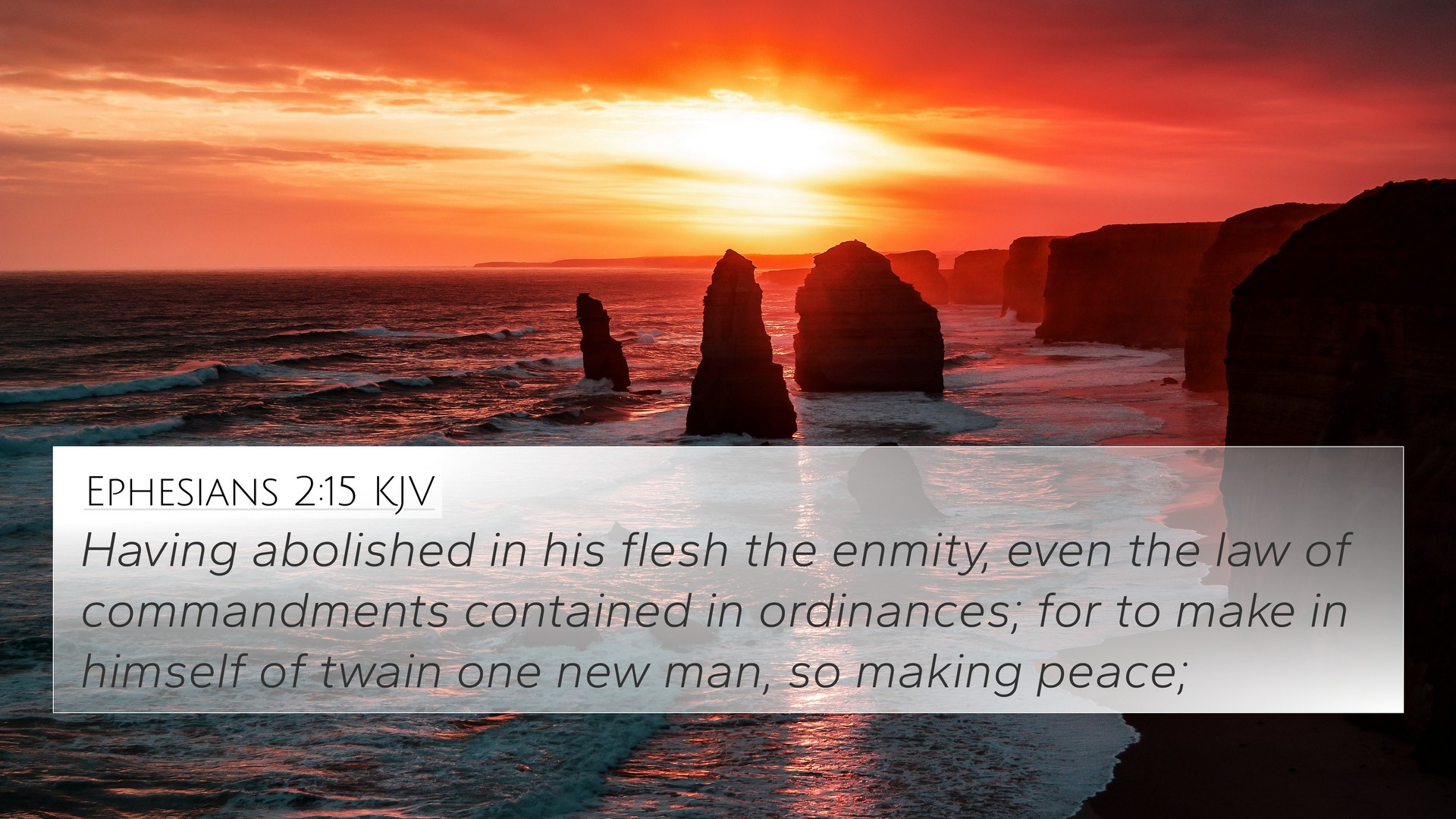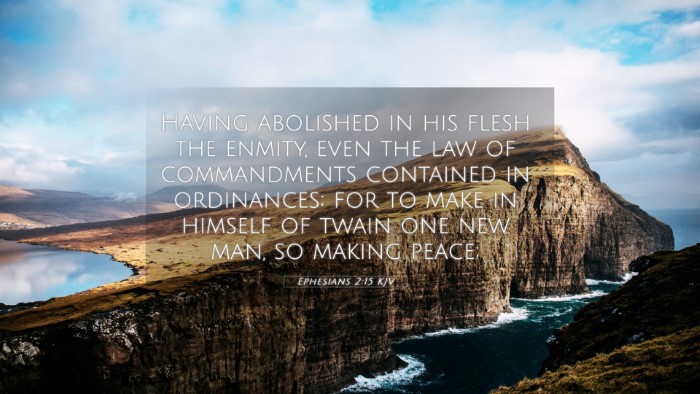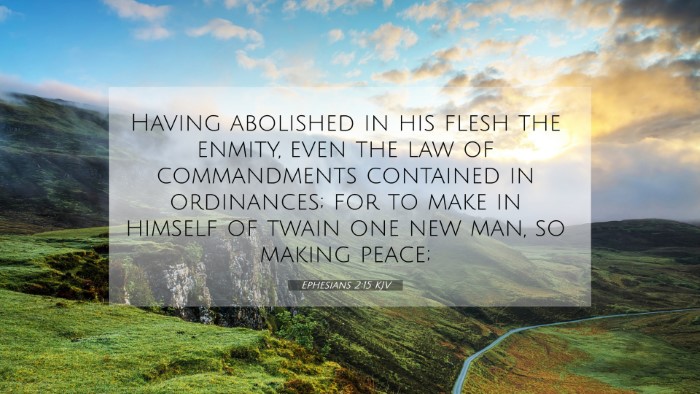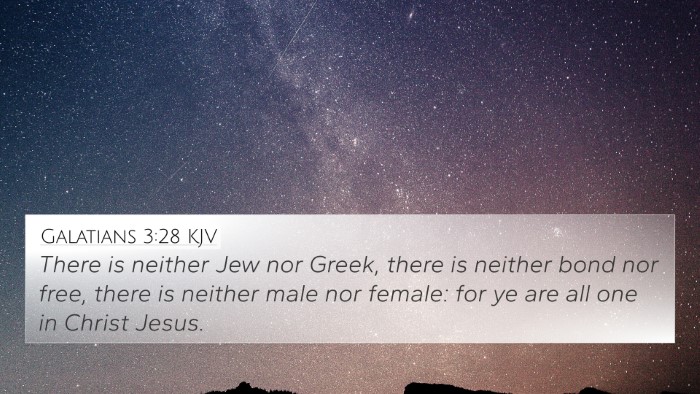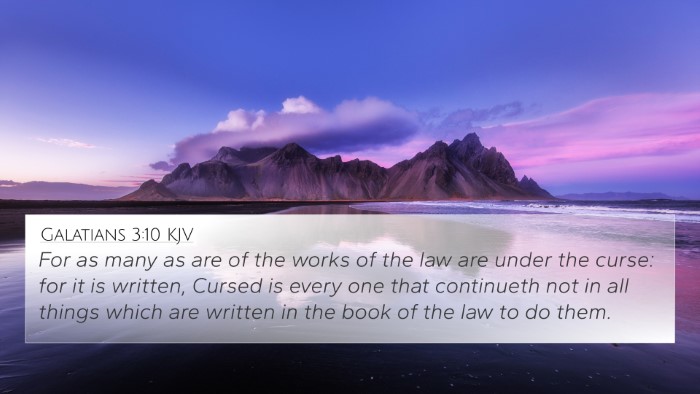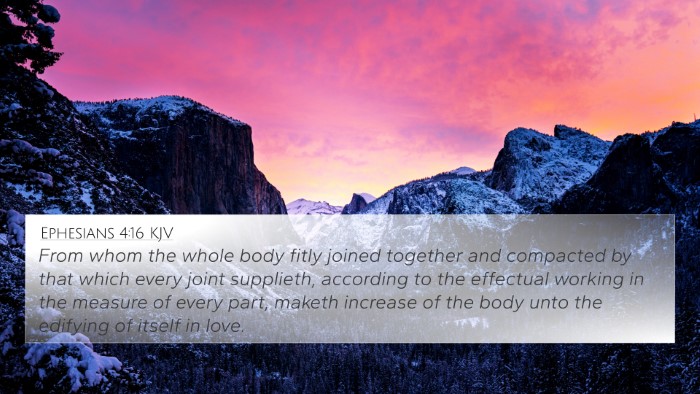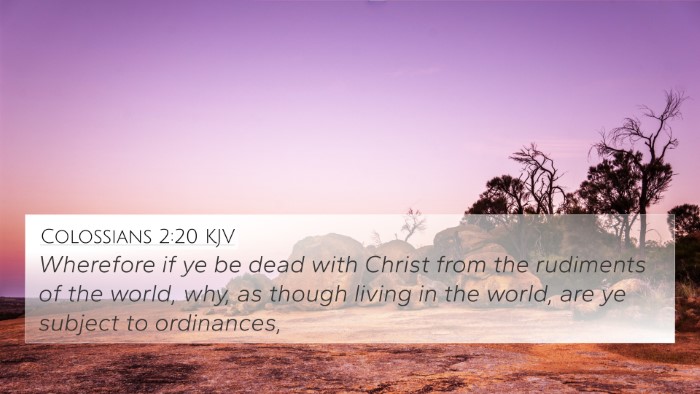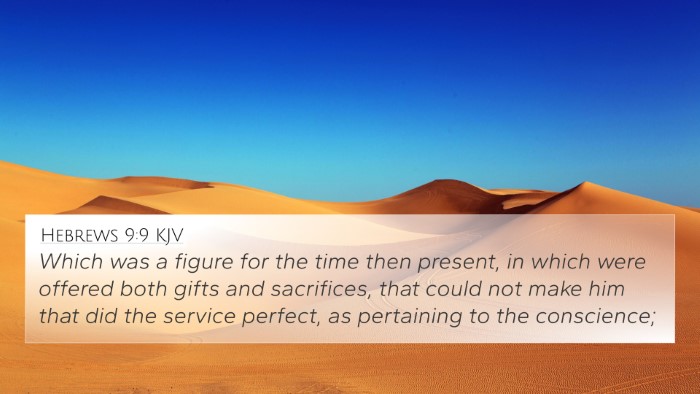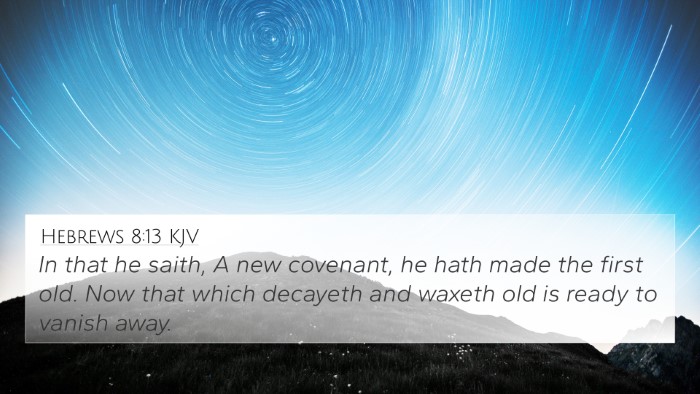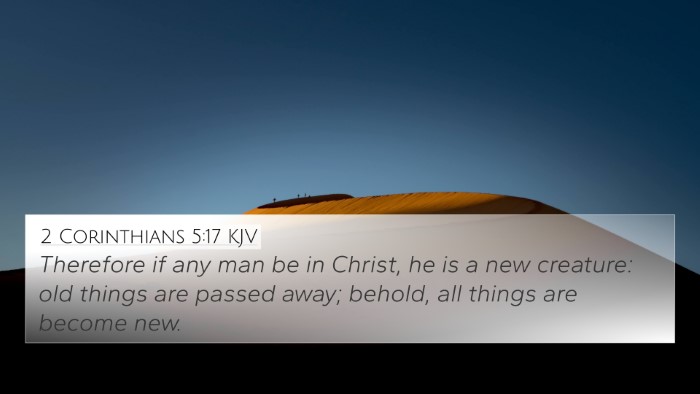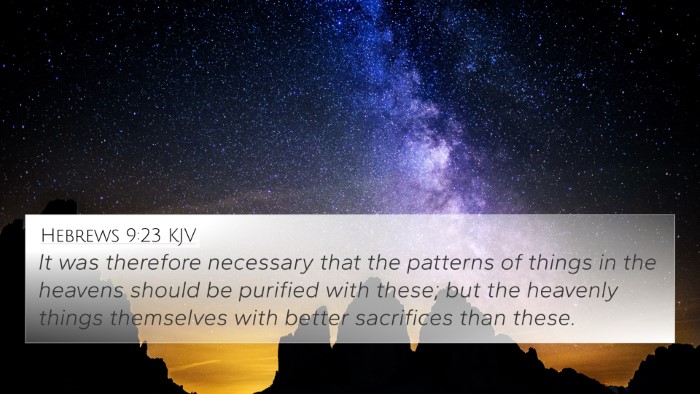Ephesians 2:15 Explained
Verse Reference: Ephesians 2:15
Verse Text: "Having abolished in his flesh the enmity, even the law of commandments contained in ordinances; for to make in himself of twain one new man, so making peace;"
Summary of Ephesians 2:15
This verse highlights a profound theological concept whereby Christ has transformed two divided groups into one unified entity, breaking down barriers of hostility and creating peace through His sacrificial act. It signifies the end of the old covenant laws as a means of division and introduces a new relationship among believers, regardless of their previous identities or backgrounds.
Commentary Insights
-
Matthew Henry: Henry comments on the idea that Christ’s sacrifice has nullified the antagonism between Jews and Gentiles. This was largely embodied in the ceremonial law which distinguished and separated these groups. Through His death, Christ not only fulfilled the law but rendered it obsolete, allowing for a new community of believers, unified under His lordship.
-
Albert Barnes: Barnes emphasizes the radical change brought about by Christ. He explains that the "enemies" referred to are not merely individuals but the very laws and ordinances that served to separate people. Christ’s death has created a path to reconciliation, establishing one body in place of the former divisions, thus fulfilling the promise of peace.
-
Adam Clarke: Clarke highlights the transformational nature of this verse. He notes that the enmity abolished goes beyond just Jewish-Gentile relations; it includes all forms of hostility. Clarke remarks on the significance of unwavering peace and unity that is achieved through adherence to the spirit of Christ rather than legalistic adherence to the law.
Bible Verse Cross-References
- Galatians 3:28: "There is neither Jew nor Greek, slave nor free, male nor female, for you are all one in Christ Jesus." – This verse also emphasizes unity among believers in Christ.
- Colossians 1:20: "And, having made peace through the blood of his cross, by him to reconcile all things unto himself;" – This verse underlines the reconciliation aspect of Christ's sacrifice.
- Romans 10:12: "For there is no difference between the Jew and the Gentile—the same Lord is Lord of all and richly blesses all who call on him." – This further reinforces the theme of unity.
- Ephesians 2:14: "For he is our peace, who has made both one, and has broken down the middle wall of partition between us;" – Directly precedes our verse and underlines Christ as our peace.
- Hebrews 9:10: "Which stood only in meats and drinks, and divers washings, and carnal ordinances, imposed on them until the time of reformation." – This signifies the insufficiency of Old Testament laws compared to the new covenant.
- 2 Corinthians 5:17: "Therefore, if anyone is in Christ, he is a new creation; the old has passed away; behold, the new has come!" – Reflects the transformation brought by being in Christ.
- Ephesians 4:24: "And to put on the new self, created after the likeness of God in true righteousness and holiness." – This emphasizes the new identity believers possess through Christ.
Thematic Connections
The themes found in Ephesians 2:15 resonate throughout the New Testament, particularly in Pauline epistles, which address unity among believers and the breaking down of societal barriers.
There is a strong emphasis on the transition from the Old Covenant to the New Covenant, where believers are encouraged to explore Bible verse cross-references as a means to better understand this transition and its implications on their faith and community.
Understanding Cross-References
For those looking to engage in Bible cross-reference study, numerous tools can aid in identifying connections between Bible verses. These may include:
- Bible concordances
- Bible cross-reference guides
- Cross-reference study tools available online
- Printed cross-reference systems
- Comprehensive Bible study resources
Conclusion
Ephesians 2:15 is a cornerstone for understanding the unity envisaged in the New Testament, inviting believers to partake in the peace and reconciliation that Jesus provides. By exploring cross-references related to this verse, one can gain a deeper insight into the narrative of salvation history as presented throughout Scripture.
